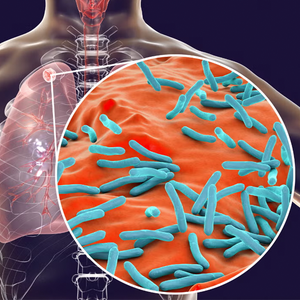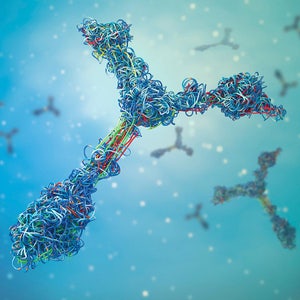Incidence
The reported incidence of Fabry disease has been estimated at 1 in 117,0001; United States incidence estimates based on newborn screening vary from 1 in 1500 males (Missouri) to 1 in 7800 males (Washington state).2
Inheritance
Fabry Disease follows an X-linked inheritance pattern, but 70% of heterozygous females manifest symptoms of varying degrees.7
Program eligibility
The Roadmap2Rare Diagnostic Program consists of α-galactosidase A enzyme assay with reflex to GLA sequencing if deficient in males, GLA sequencing in females, and quantitation of lyso-Gl3 for both males and females. This program is for individual patients suspected of having Fabry disease via:
- Symptoms consistent with Fabry disease
- Presumptive positive newborn screen for Fabry disease
- Family history of Fabry disease or individuals with symptoms consistent with Fabry disease
About the test
Testing algorithm:
- Males: α-galactosidase A enzyme activity assay, if deficient, will reflex to GLA sequencing and lyso-Gl3.
- Females: GLA gene sequencing; samples demonstrating one pathogenic or likely-pathogenic variant, or one variant of uncertain significance will reflex to lyso-Gl3.
*LysoGl3 testing via the Roadmap2Rare Diagnostic Program is for diagnostic purposes only.
References
1. Germain DP. Fabry disease. Orphanet J Rare Dis. 2010;5(30):1-49.
2. Schiffmann R, Hughes DA, Linthorst GE, et al. Screening, diagnosis, and management of patients with Fabry disease: conclusions from “Kidney Disease: Improving Global Outcomes” (KDIGO) Controversies Conference. Kidney Int. 2017;91:284-293.
3. Eng CM, Germain DP, Banikazemi M, et al. Fabry disease: guidelines for the evaluation and management of multi-organ system involvement. Genet Med. 2006;8(9):539-548.
4. Ortiz A et al. Fabrydisease revisited: Management and treatment recommendations for adult patients. Mol Genet Metab. 2018 Apr;123(4):416-427. doi: 10.1016/j.ymgme.2018.02.014. Epub 2018 Feb 28. Review. PMID: 29530533.
5. Matern, D. Gavrilov, D. Oglesbee, K. Raymond, P. Rinaldo, S. Tortorelli, Newborn screening for lysosomal storage disorders, Semin. Perinatol. 39 (2015) 206–216.
6. Smid BE, et al. Plasma globotriaosylsphingosine in relation to phenotypes of Fabry disease J Med Genet 2015;52:262–268.
7. Wilcox W et al Females with Fabry disease frequently have major organ involvement: Lessons from the Fabry Registry Molecular Genetics and Metabolism 93 (2008) 112–128.
This testing service has not been cleared or approved by the U.S. Food and Drug Administration. Testing services may not be licensed in accordance with the laws in all countries. The availability of specific test offerings is dependent upon laboratory location. The content on this page is provided for informational purposes only, not as medical advice. It is not intended to substitute the consultation, diagnosis, and/or treatment provided by a qualified licensed physician or other medical professionals.







































